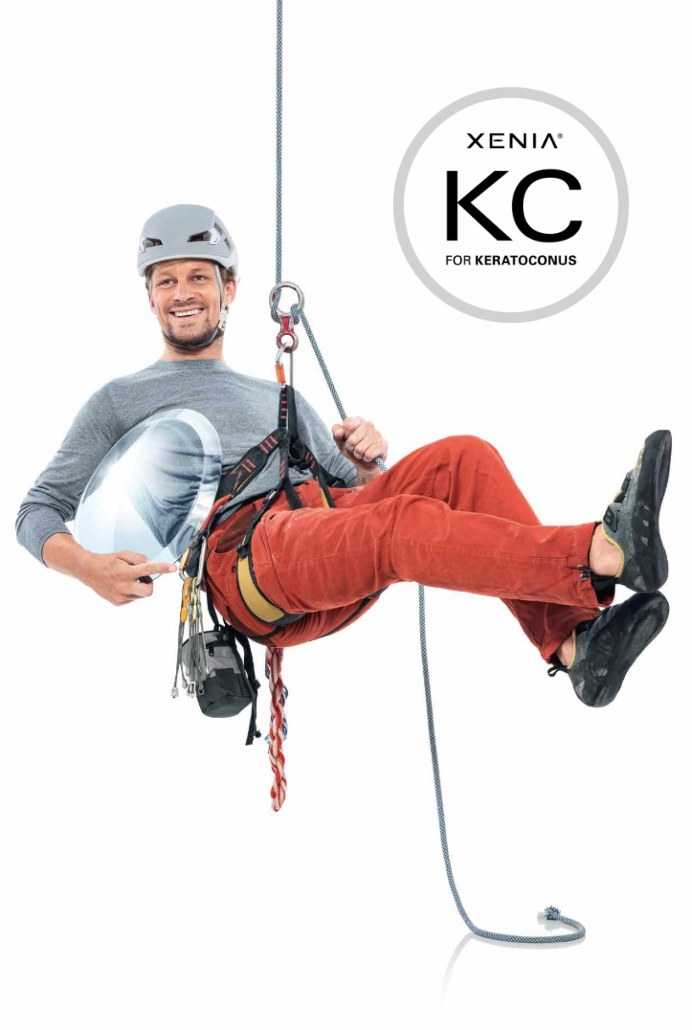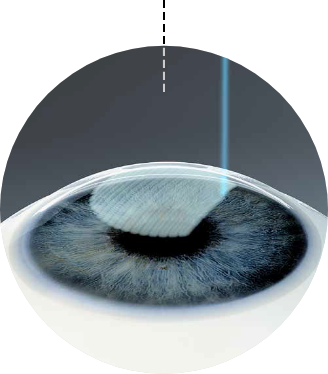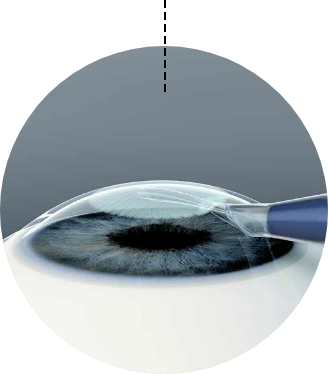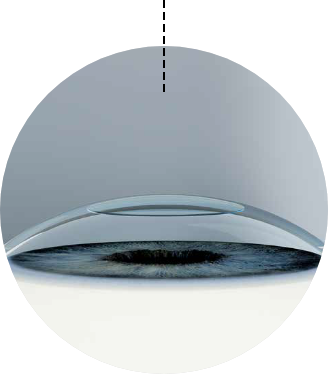“The XENIA Lenticule is a ground-breaking treatment which can help Keratoconus and Post Lasik Ectasia patients. Early results have been very promising with very happy patients.”
Mr B Ilango MBBS DO FRCS FRCOphth Cert LRS
Group Medical Director: Optimax/Ultralase Clinics UK
Royal College Certified Laser & Multifocal Lens
Implant Specialist, Wolverhampton Eye Infirmary
“For me, the XENIA procedure has vast advantages over DALK. Implanting XENIA is so much easier because it is a quick, sutureless, out-patient procedure with no general anaesthesia. It provides my patients with superior corneal regularity, rapid visual rehabilitation and fewer follow-ups. Therefore, XENIA is an excellent alternative to performing DALK surgery in patients with advanced keratoconus.”
Ahmed Elmassry MD, PhD
Head of Ophthalmology Department
Professor of Ophthalmology
Alexandria University Egypt
“The XENIA Implant presents a fresh and novel approach towards keratoconus and post-ectasia treatment. The quick and effortless implantation procedure has allowed my keratoconus patients to live a life they couldn’t have possibly imagined before this intervention. In my opinion, the XENIA implant can serve as a platform for addressing wider vision issues beyond Keratoconus.”
Mr Marwan Ghabra, MD DO MRCOphth FRCS
Senior Consultant Ophthalmic Surgeon
Barts Health NHS Trust
Whipps Cross University Hospital
Leytonstone, London, UK
“XENIA Implant:
The beginning of a new treatment approach for corneal disease.”









